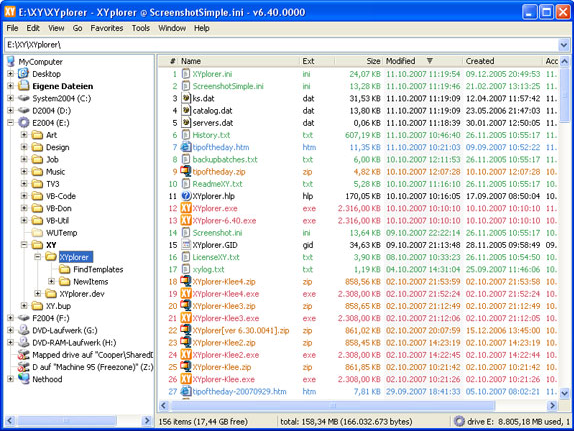

You can see all the metadata (titles, descriptions, keywords, camera info. This all depends a bit on how much metadata is contained in your images and if it is useful. This allows you to break down the 500 files taken on a day by creator. If you look at the timeline and see 500 images taken on a single day, use the Category Filter in the Filter Panel to filter by the creating camera (see above). And will be usable by all applications which support XMP metadata. This way it will be recorded in the image for the future. Maybe do the right thing and enter the name of the creator into the corresponding field in the Metadata Panel.

Unless you have used real 'dumb' hardware which did not even record a minimum of metadata, this should help you to quickly organize the images by their 'creator'. Here, IMatch groups your files by the device used to create them. Expand the Make and Model child category under IMatch Standard Categories | Image Files. Then I would look at the IMatch Standard Categories section in the Category View. See the tutorial videos in the IMatch learning center to learn more about keywords and metadata. Just select all related files taken on a day and assign one or more keywords to them in the Keyword Panel. Seeing your images arranged on the timeline is a good way to start organizing them by 'events' or similar. The timeline arranges your files by the day, month and year they were created (assuming that the devices used to take the photos at least added a minimum of EXIF data which will be utilized by IMatch. The first thing I would check is the Timeline View in IMatch. Unless you added titles, descriptions or keywords to your files already.probably not. Of course IMatch cannot know how to figure out what "Dad's pics" or "Loretta's pics" are.


 0 kommentar(er)
0 kommentar(er)
